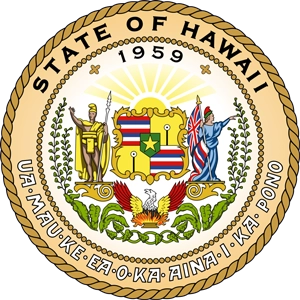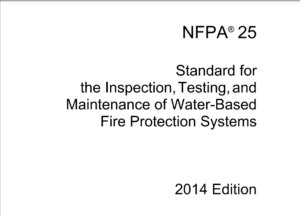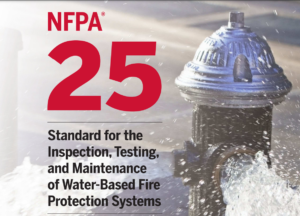
2008-NFPA-1561-Standard-on-Emergency-Services-Incident-Management-System
The 2008 edition of NFPA 1561 establishes essential standards for an Emergency Services Incident Management System, aimed at ensuring the effective and coordinated management of all emergency incidents. Originally developed in 1990, the standard has evolved to address broader aspects of incident management, including responder safety, risk management, and interagency cooperation. This edition aligns with the National Incident Management System (NIMS), introduces updated communication protocols, and expands guidance on organizing emergency operations centers and command structures. NFPA 1561 is a critical framework for safeguarding responders and the public during emergency operations.









